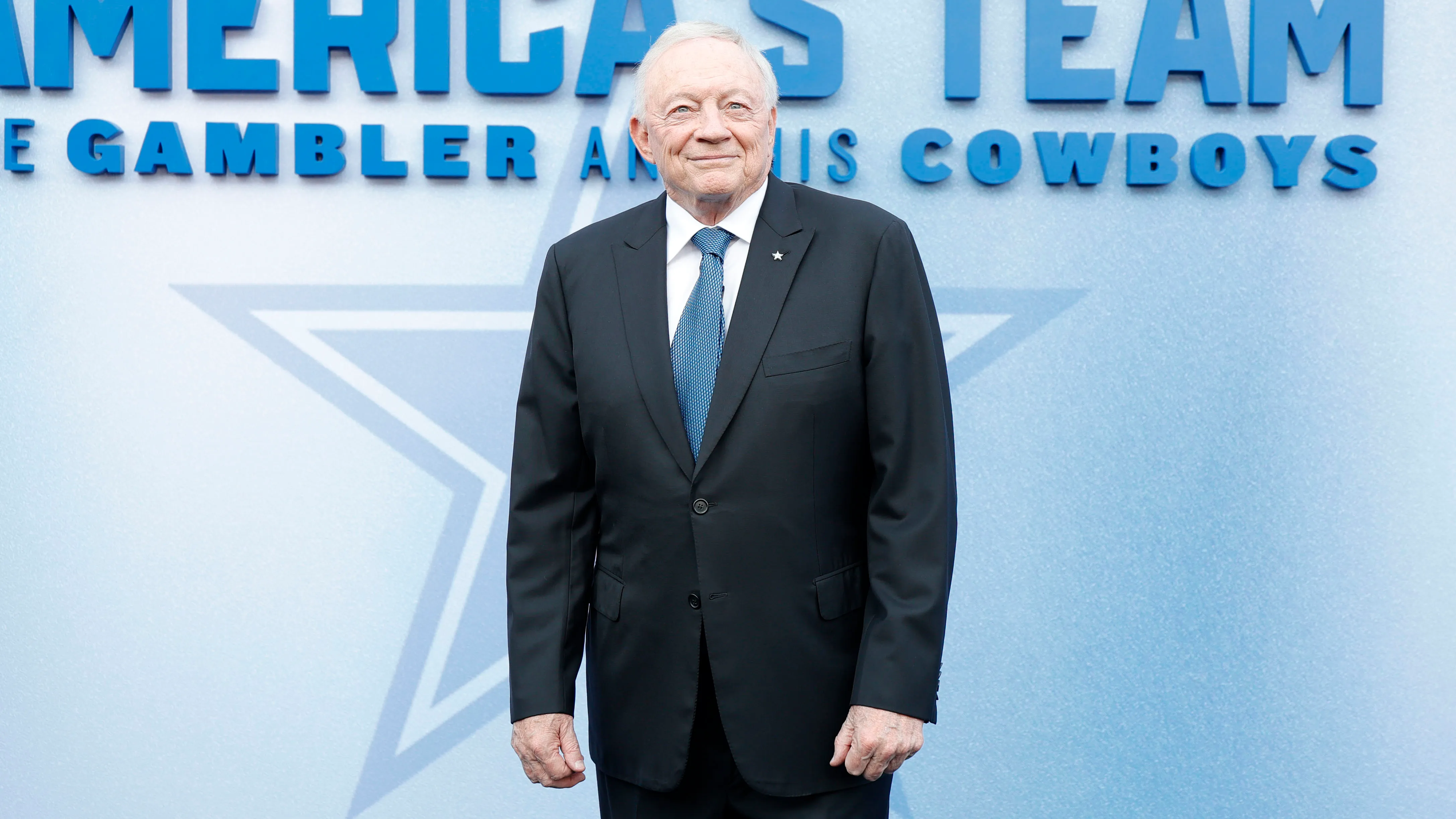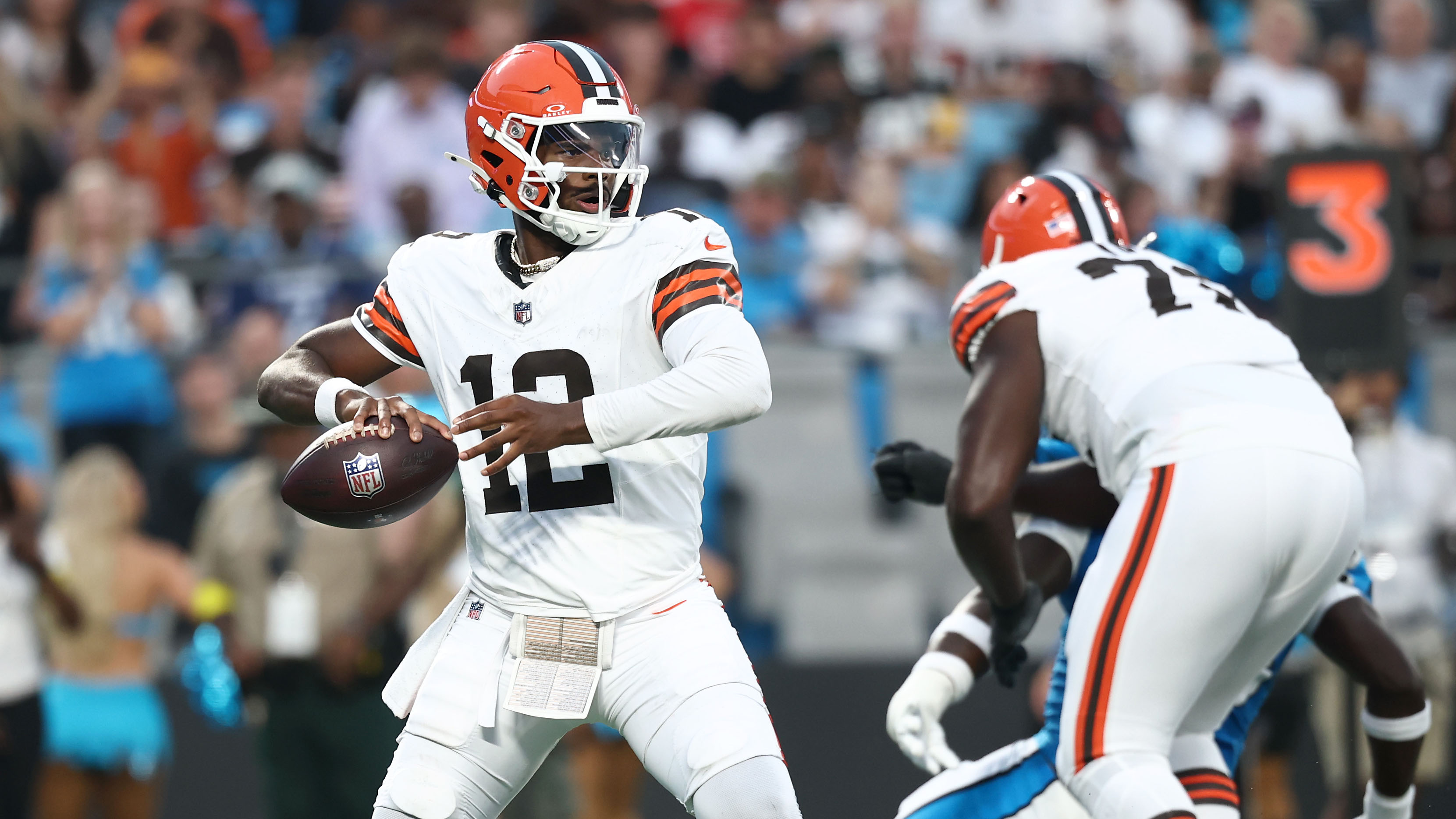Preparing for your fantasy football draft? Before you dive into cheat sheets and player rankings, make sure you know the rules first.
That's stating the obvious, but it's worth mentioning, as there's more than one kind of fantasy draft. In fact, the two most prominent types of fantasy drafts -- snake and auction -- are significantly different and require vastly different strategies for managers.
Fantasy football draft kit 2021: Rankings, cheat sheets and more
With our All Access Daily newsletter, stay in the game with the latest updates on your beloved Boston sports teams!
Below, we'll explain what both snake drafts and auction drafts are and how you should approach each draft to maximize your success.
Snake drafts
Considered the "traditional" format, the snake draft is pretty straightforward. It's the same general setup as the real-life NFL Draft: Managers pick from a pool of players in rounds based on a set draft order until each roster is full.
There's one twist, though: The draft order is reversed after each round. So, the manager who picked last in Round 1 picks first in Round 2, followed by the manager who picked second-to last in Round 1, and so on.
NFL
Here's an example of how the first two rounds look in a 10-team snake draft:
Round 1
| Pick | Manager |
| 1 | Manager 1 |
| 2 | Manager 2 |
| 3 | Manager 3 |
| 4 | Manager 4 |
| 5 | Manager 5 |
| 6 | Manager 6 |
| 7 | Manager 7 |
| 8 | Manager 8 |
| 9 | Manager 9 |
| 10 | Manager 10 |
Round 2
| Pick | Manager |
| 11 | Manager 10 |
| 12 | Manager 9 |
| 13 | Manager 8 |
| 14 | Manager 7 |
| 15 | Manager 6 |
| 16 | Manager 5 |
| 17 | Manager 4 |
| 18 | Manager 3 |
| 19 | Manager 2 |
| 20 | Manager 1 |
So, if you have the first pick in your snake draft, you can land the top player, but you won't pick again until No. 20. (You'll have another pick right after at No. 21, too.) And the last pick in the first round isn't all that bad, since you get to pick two players in a row.
The snake format continues throughout the draft, with Manager 1 making the first pick of Round 3, Manager 10 selecting first in Round 4 and so on. If you have 15 roster spots, your draft will be 15 rounds.
You should know your draft position at least an hour before your draft starts, so it's a good idea to see which picks you'll make in each round and start to think about which players will be available based on their average draft position, or ADP.
Auction drafts
Auction drafts are relatively new compared to snake drafts (and a bit more complicated) but still very popular.
As the name suggests, the draft works like an auction. Each manager starts with a pool of hypothetical money (usually $200) to "bid" on players. Unlike snake drafts, the draft order doesn't reverse each round. And you're not just picking a player.
The manager with the top draft pick will choose a player to "nominate" -- let's say Carolina Panthers running back Christian McCaffrey. After that, any manager can "bid" on McCaffrey during a set amount of time, usually one minute. The manager who bids the most money on McCaffrey in that minute gets to pick him.
The manager with the second pick will choose another player to nominate, and the process will continue until all rosters are full.
Fantasy football: PPR vs. standard scoring leagues, explained
The key to auction drafts is knowing how much each player is worth, so you can fill out your roster without going over budget. Instead of ADP, auction draft guides will have average values for players: McCaffrey is worth around $70 while Damien Harris is worth about $20, and so on.
If you've ever played daily fantasy leagues, it's a similar format -- with the major difference of having to compete in a bidding process with other managers, who may drive up the "price" of a player with their bids.
Auction drafts allow you to fill out your roster any way you like based on your budget, so if you want to feel like an NFL general manager mastering the salary cap, this is the way to go.


